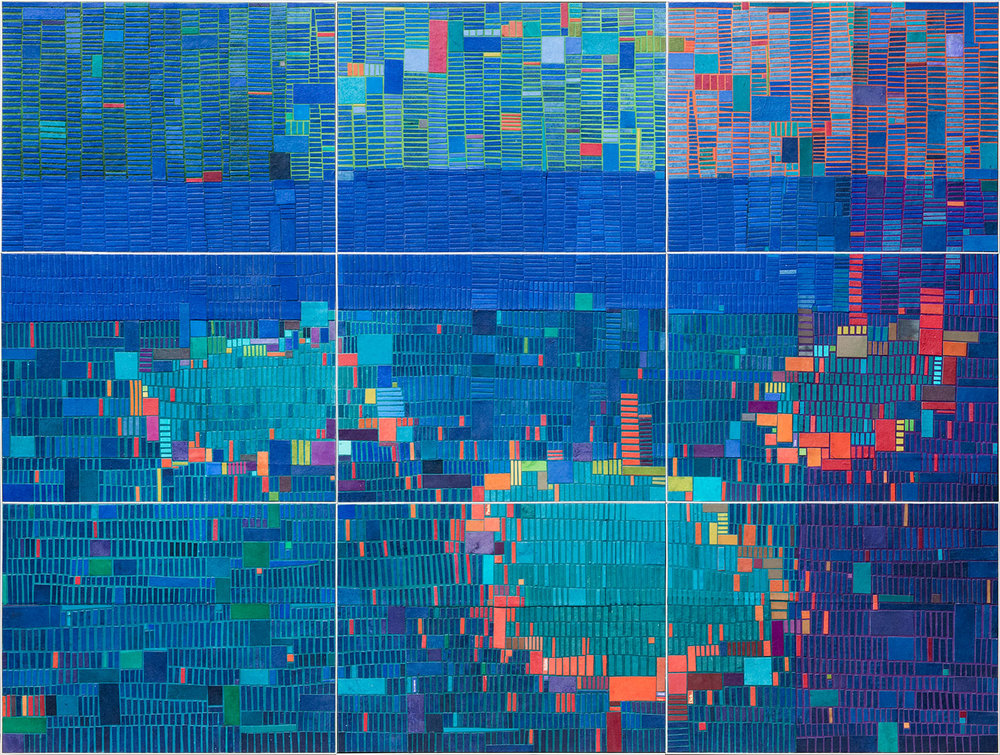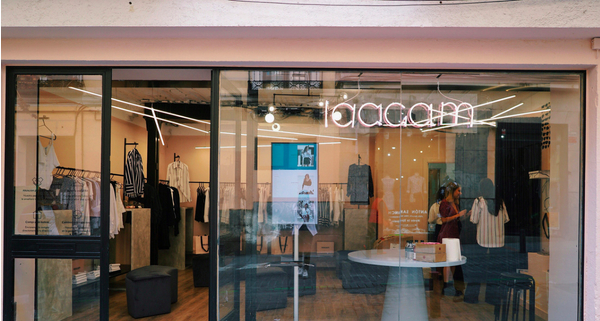Data is very valuable, it has many applicabilities. From creating competitive advantage to improving State security, managing traffic flow or even developing new health treatments. It is often heard that “Data is the oil of the XXIst century” and that it is crucial to excel in today’s business world. However, is that all that we can use data for? Artists such as Nathalie Miebach and Laurie Frick don’t think so.
Art is and has always been inevitably linked to societal, cultural and, ultimately, technological advances. Prehistoric cavemen handprinted their walls with mixes of natural pigments, as that is all they had. Monet experimented with the natural light and colours that so much characterise his pieces thanks to the the portable paint tube. And, Warhol wouldn’t have been Warhol without Marilyn Monroe or the mass production of Campbell soup cans. Technology shaped art then, and it is doing it now.
Data can be used as inspiration or material for the creation of aesthetic pieces. An example of this is the work of Nathalie Miebach. For years, she has gathered weather information such as barometric pressure, wind speed or temperatures; and made physical as well as musical pieces out of it. Miebach is fascinated by the weather, she said “Weather is an amalgam of systems that is inherently invisible to most of us. So I use sculpture and music to make it, not just visible, but also tactile and audible”.

But art can also be used as a medium for data representation, and to showcase the important messages behind that data. Art has, in many occasions, the goal to pose ethical and political questions, or to raise awareness of certain topics. Laurie Frick, former professional in the tech industry having worked at companies like HP and Compaq, now dedicates her time to creating installations and images based on data. From her tracked moods (Moodjam 1), to the different stages experienced by ALS patients (7 Stages), she sheds light on those topics such as mental health or rare diseases, with the aim of raising public awareness and triggering conversations in the field.


Whether data is used as a base for aesthetic creation, or art is the medium to represent the power and meaning behind data, the link between both is irrefutable, and the mix is exciting!
References:
LAURIE FRICK. (2019). LAURIE FRICK. [online] Available at: https://www.lauriefrick.com [Accessed 16 Oct. 2019].
Urist, J. (2019). How Data Became a New Medium for Artists. [online] The Atlantic. Available at: https://www.theatlantic.com/entertainment/archive/2015/05/the-rise-of-the-data-artist/392399/ [Accessed 16 Oct. 2019].
Miebach, N. (2019). Transcript of “Art made of storms”. [online] Ted.com. Available at: https://www.ted.com/talks/nathalie_miebach/transcript#t-2667 [Accessed 16 Oct. 2019].




